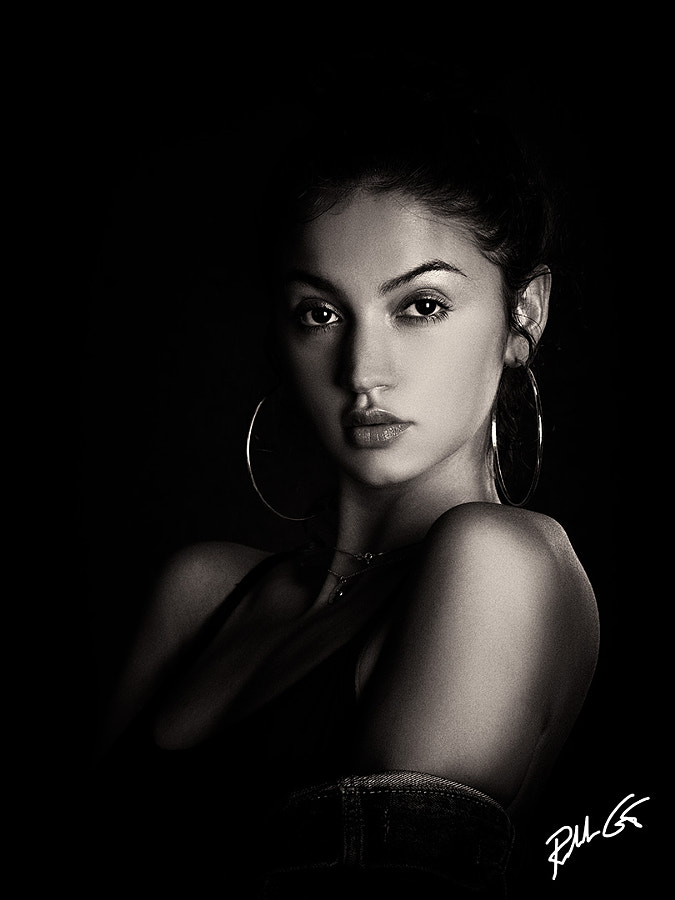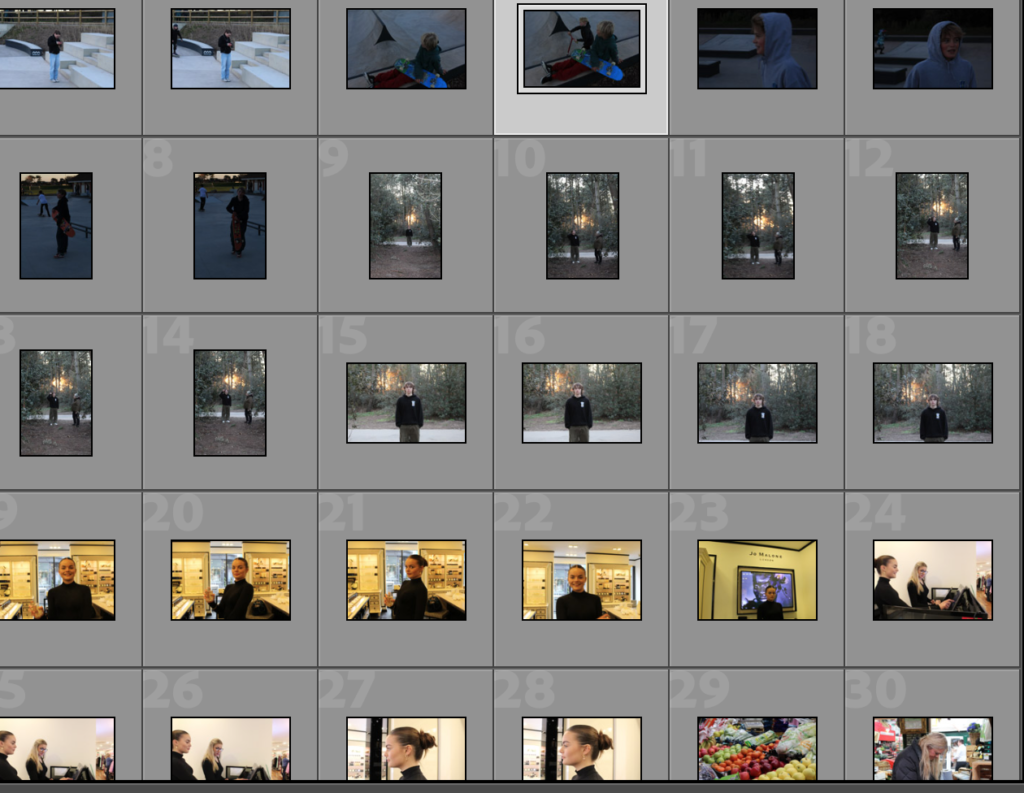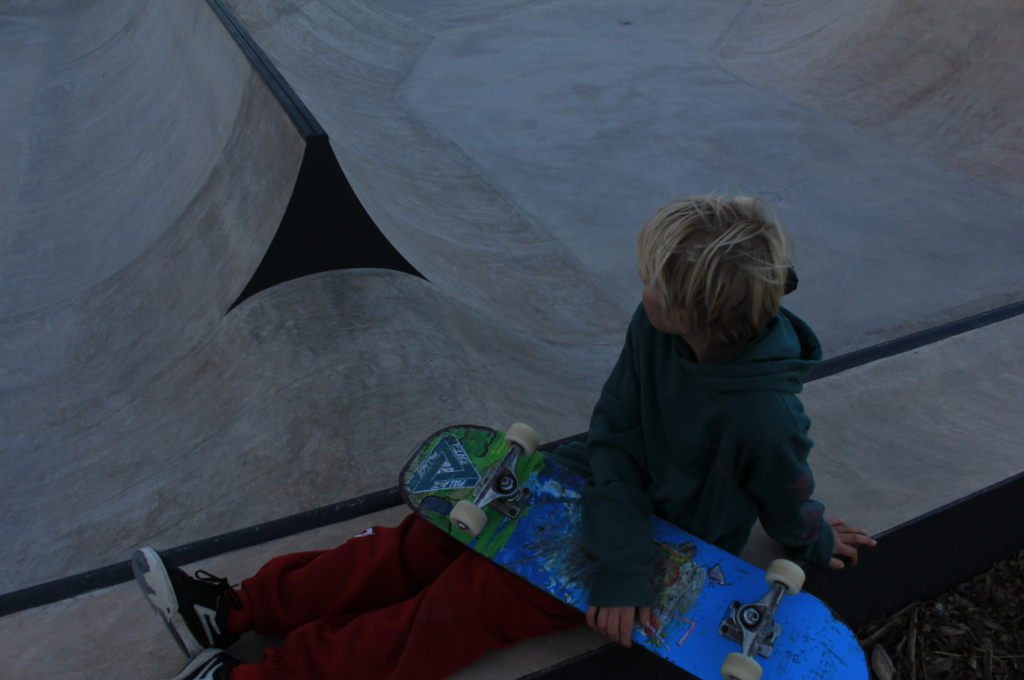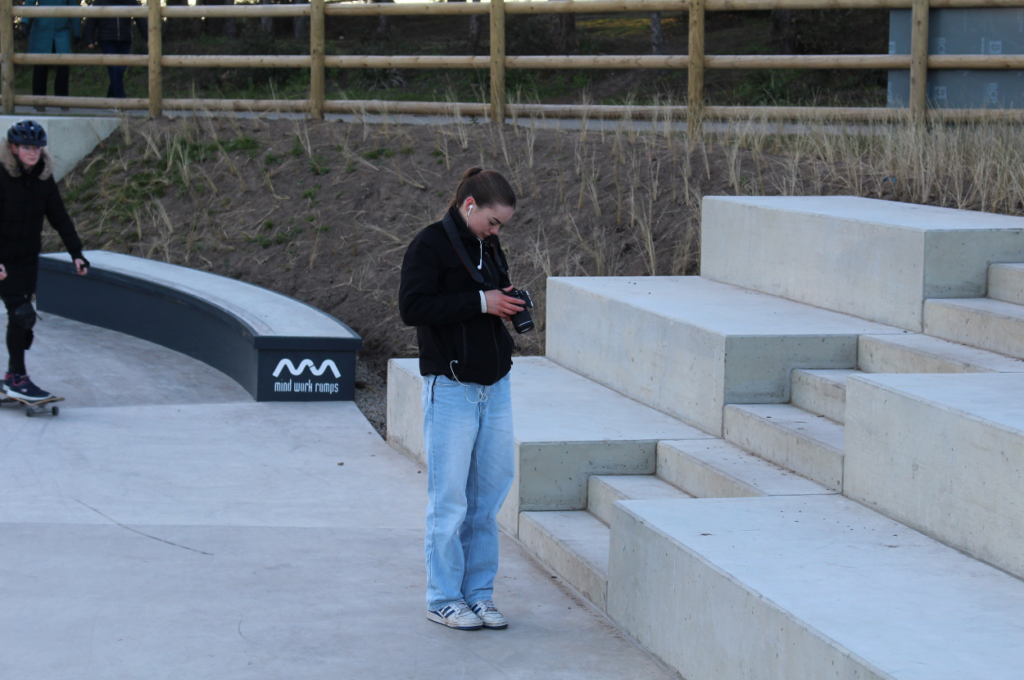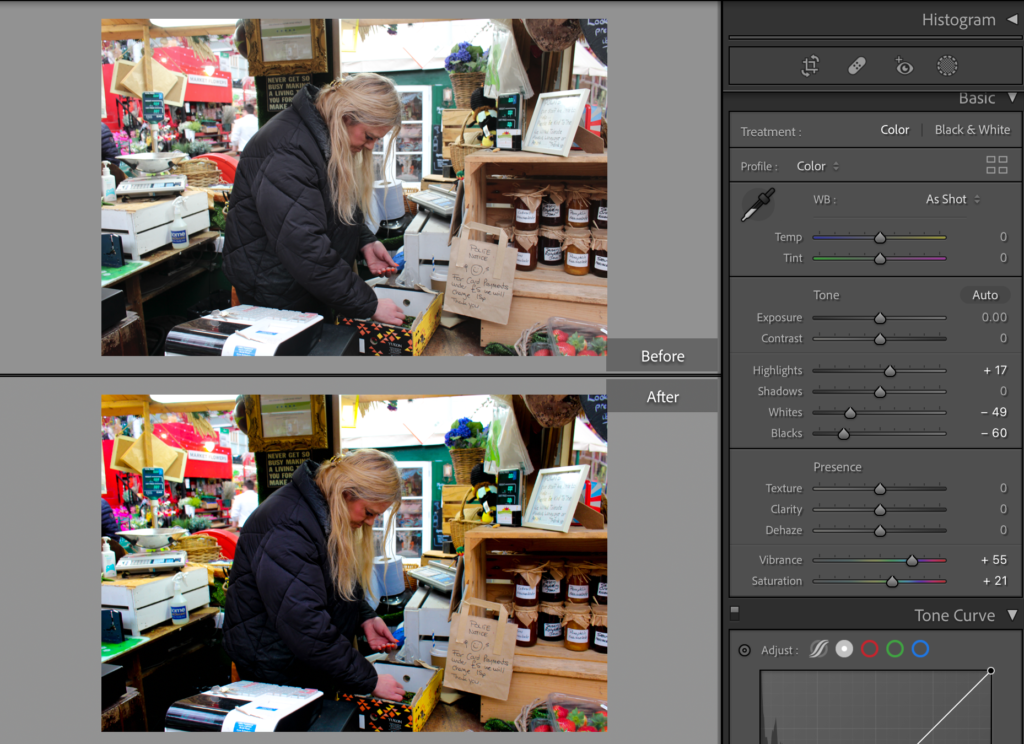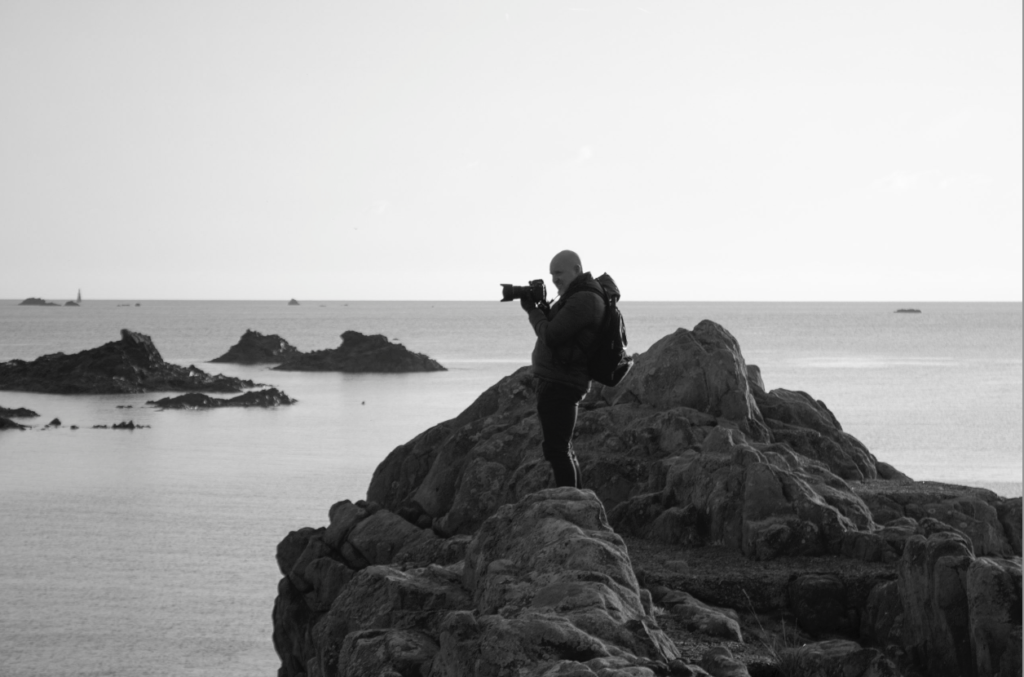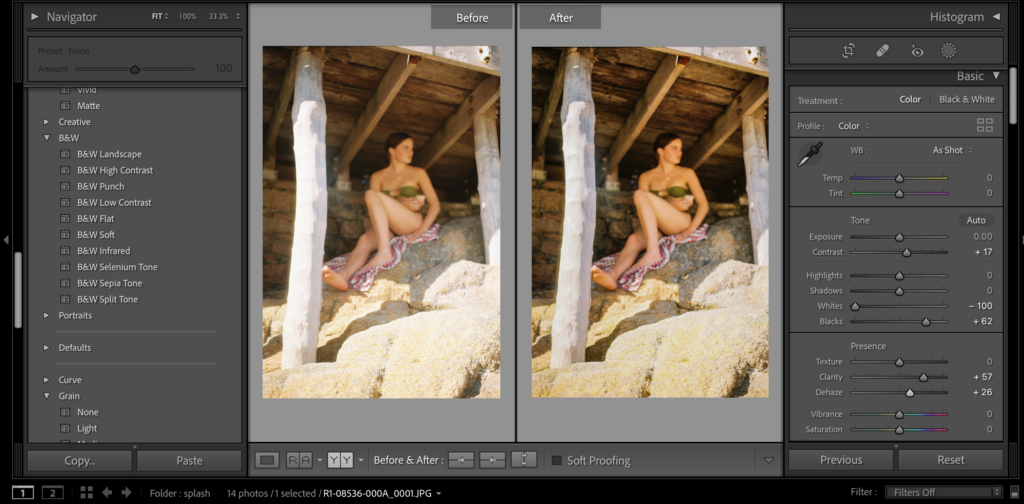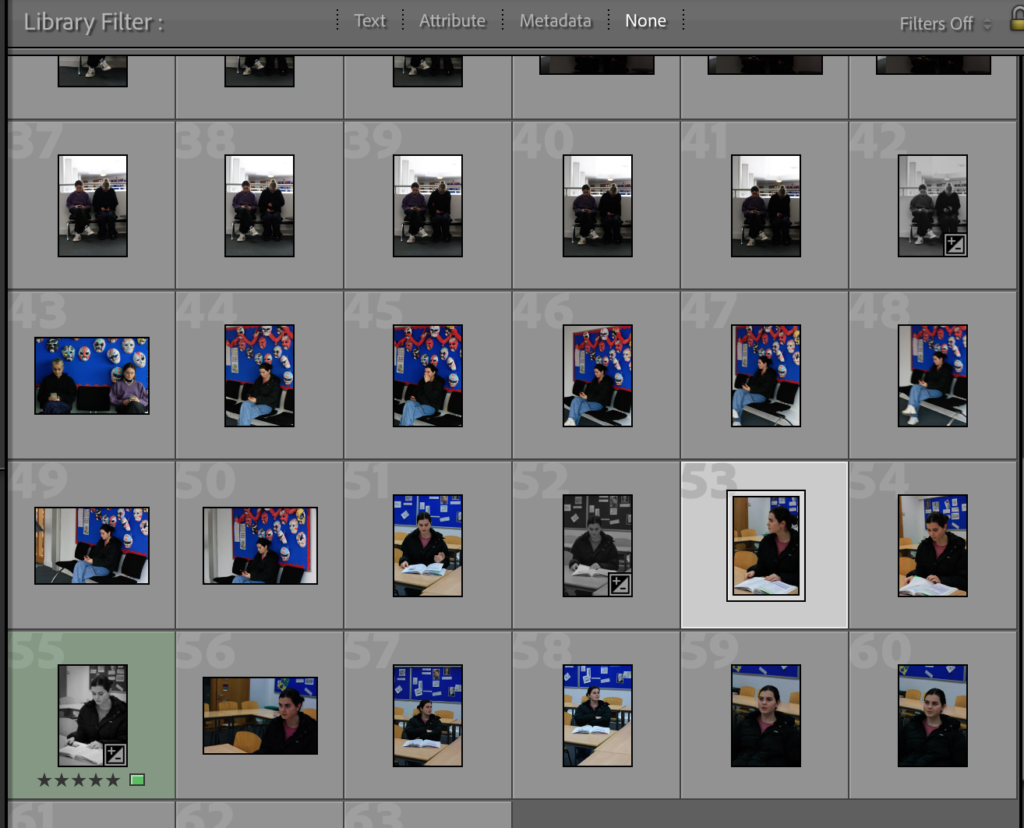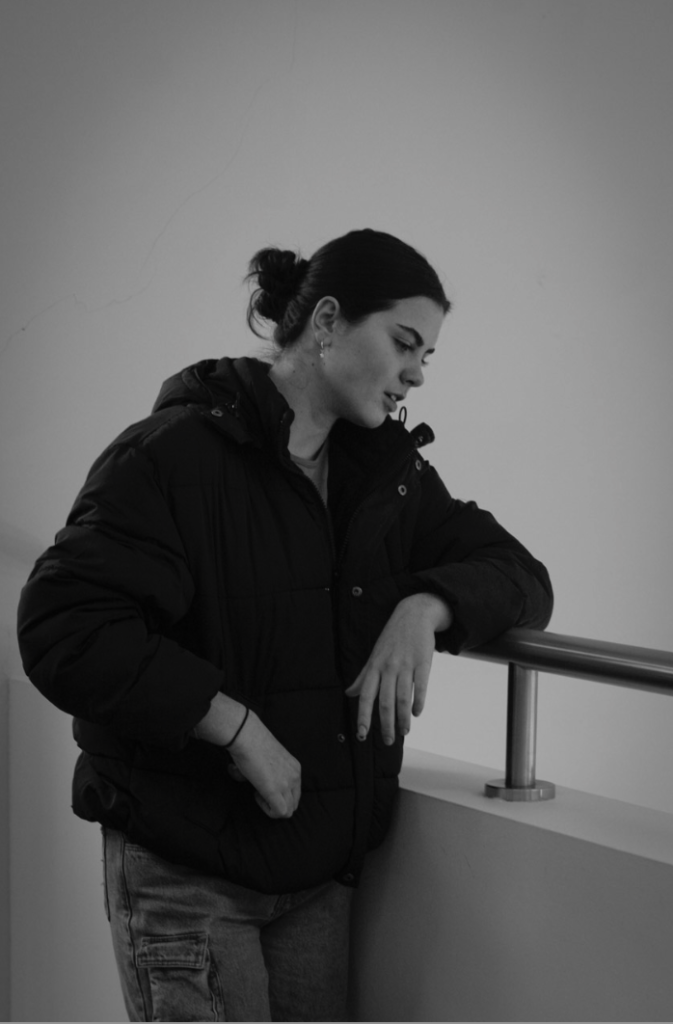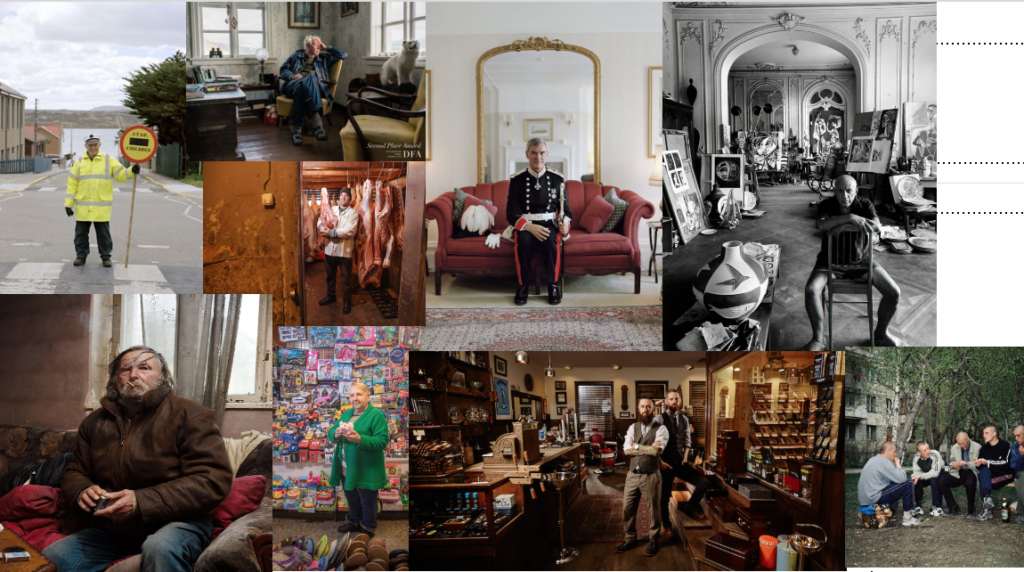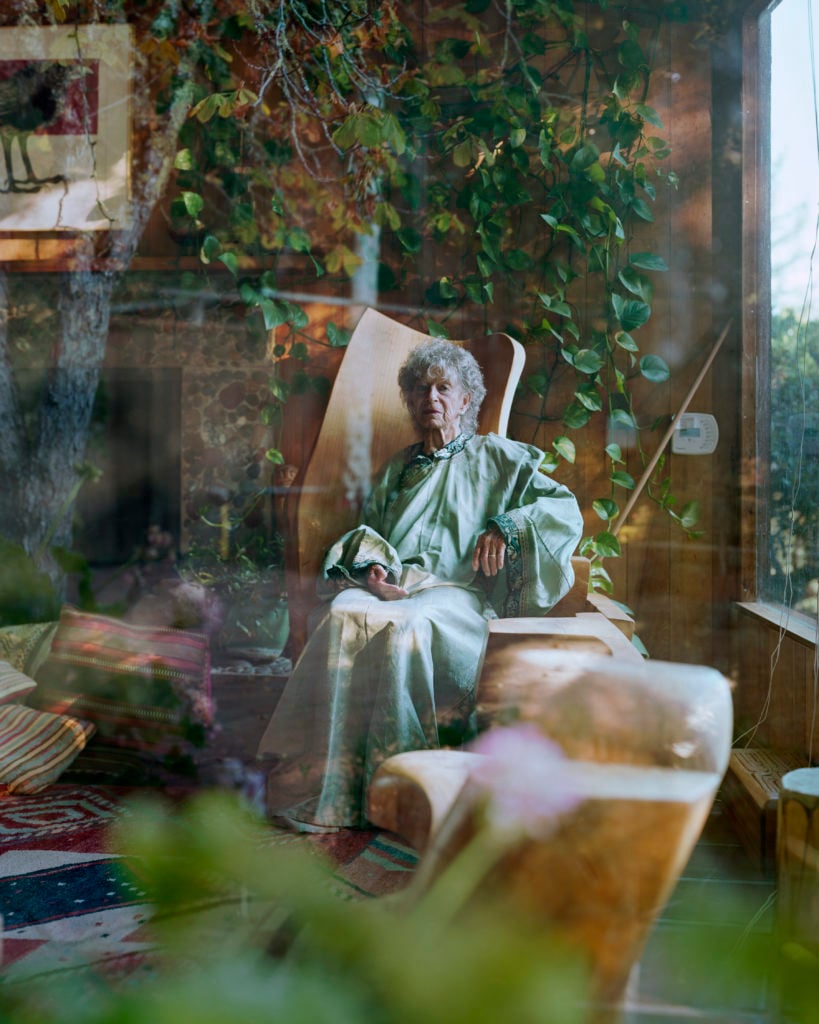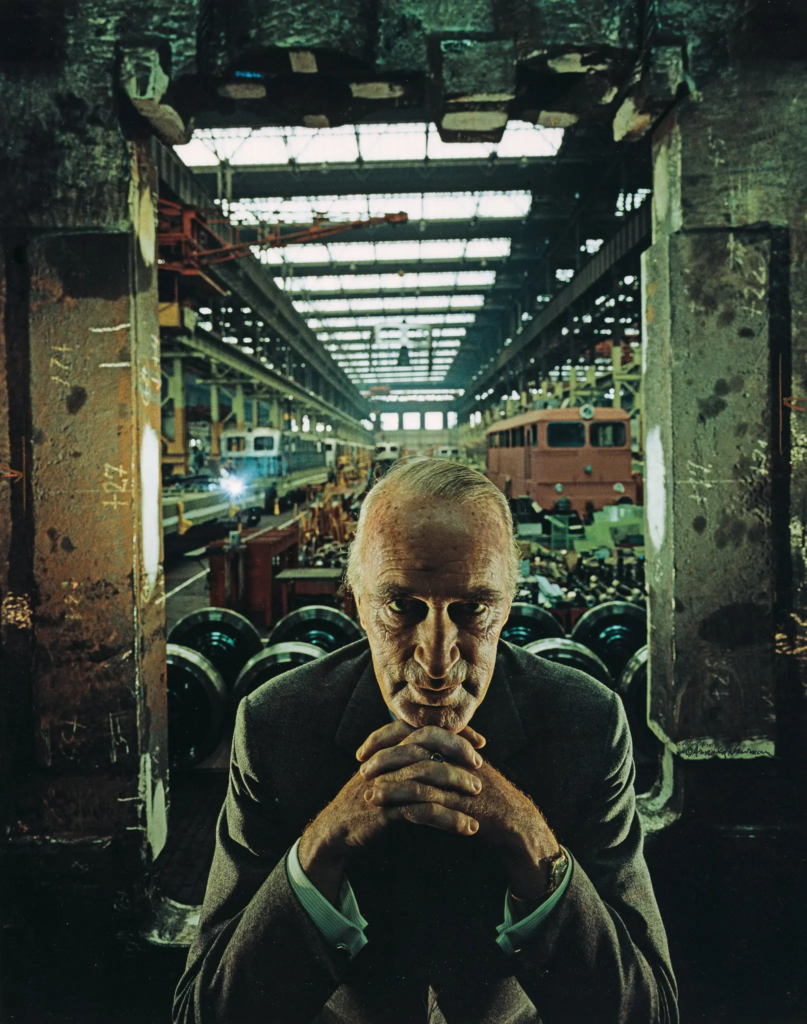To embed your understanding of the origins of photography and its beginnings you’ll need to produce a blog post which outlines the major developments and practices. Some will have been covered in the documentary above but you also need to research and discover further information.
Your blog post must contain information about the following and keep it in its chronological order:
- Camera Obscura & Pinhole photography
- Nicephore Niepce & Heliography
- Louis Daguerre & Daguerreotype
- Henry Fox Talbot & Calotype
- Robert Cornelius & self-portraiture
- Julia Margeret Cameron & Pictorialism
- Henry Mullins & Carte-de-Visit
Each must contain dates, text and images relevant to each bullet point above. In total aim for about 1,000-2000 words.
Try and reference some of the sources that you have used either by incorporating direct quotes, paraphrasing or summarising of an idea, theory or concept, or historical fact.
Ibn al-Haytham came up with the idea of camera obscura which led on to be the origin of photography, came up with fixing the shaddows.
Camera Obscura & Pinhole photography

Origins of photography became with a small box with a little whole in which produces an image which can be known as pin whole photography
Henry Fox Talbot came up with the invention of film negatives he produced them on paper he used copper sulphates he came up with the idea because he couldn’t draw. He saw the beauty in film negatives made the Calotype.
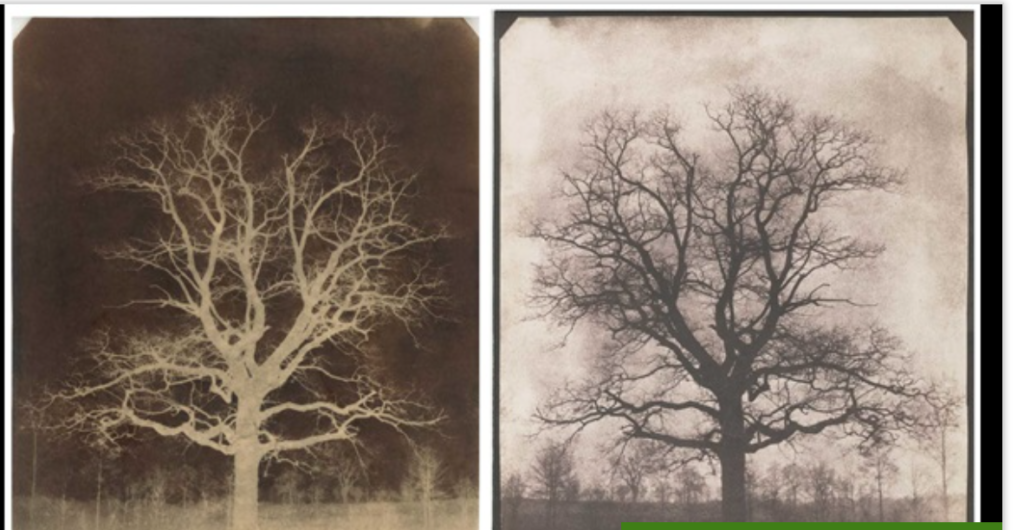
Henry Mullins made over 9000 carte de visite portraits of Jersey’s ruling elite and wealthy upper classes. The collection that exists of his work comes through his studio albums, in which he placed his clients in an ordered grid with reference to mid-nineteenth century social hierarchies.

André Adolphe-Eugène Disdéri was a French photographer who started his photographic career as a daguerreotypist but gained greater fame for patenting his version of the carte de visite, a small photographic image which was mounted on a card. He was the one who created the Carte-de-visite photography style wich inspired Henry Mullins, Disdéri photos were used as calling cards in the olden times.
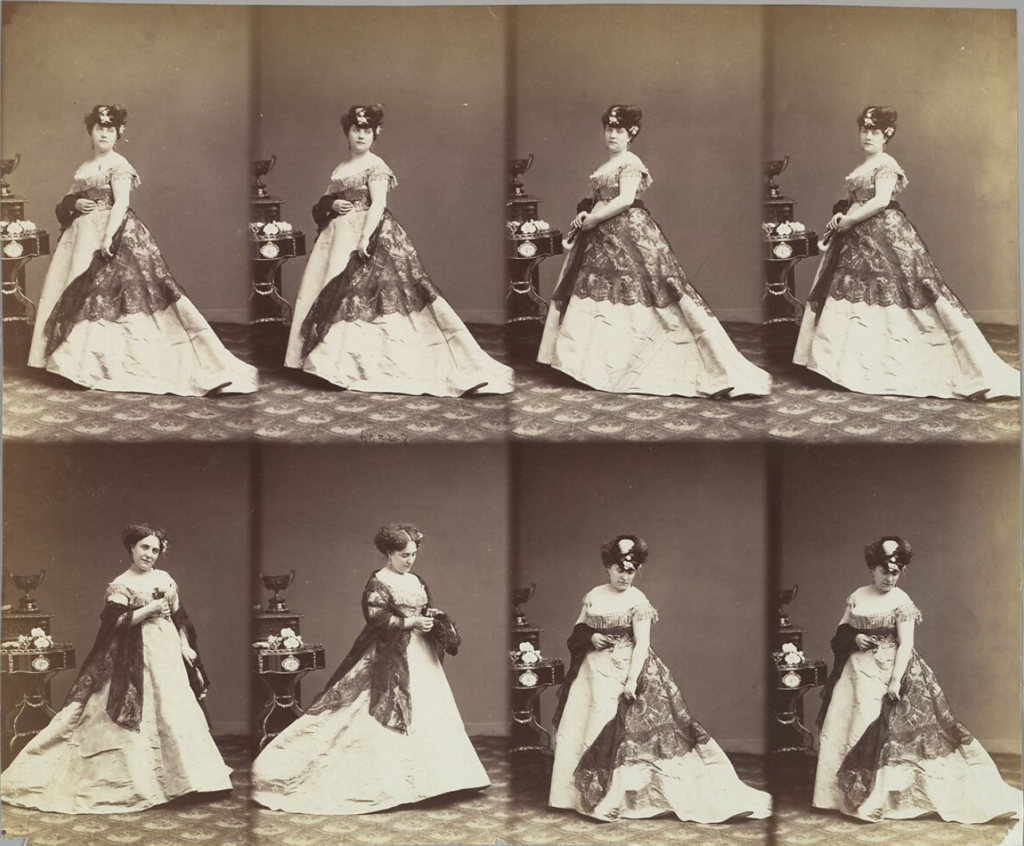
Felix Nadar was a french photographer who was known for the idea of using aerial photographs for map making. In 1858, Gaspard-Félix Tournachon, who used the pseudonym Nadar, captured the first aerial photographs, photographing Paris from a tethered balloon at an altitude of sixteen hundred feet.


The daguerreotype was the first commercially successful photographic process (1839-1860) in the history of photography. Named after the inventor, Louis Jacques Mandé Daguerre, each daguerreotype is a unique image on a silvered copper plate.

Heliography is a photographic process that was invented by Nicéphore Niepce. In some cases – it is still used today (mainly for photo engraving). It was the process of Heliography that created the first and earliest known permanent photograph, taken from a nature scene.
The process of Heliography
At the time of invention, Heliography was a ground-breaking process. Here’s a rough outline of how the Heliography process took place:
- The naturally occurring asphalt bitumen, is applied as a coating on glass or metal
- This chemical then hardens in relation to the light exposure available
- The plate is then washed with oil of lavender
- After washing with oil, the only area remaining would be the hardened area where the image formed.
In Niépce’s famous photograph “The View from the Window at Le Gras” he recorded having given the image an eight-hour exposure, which gives you an idea of how long this process took.




